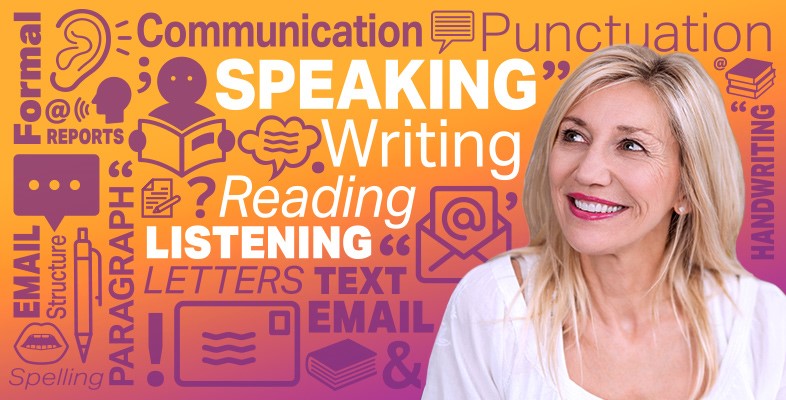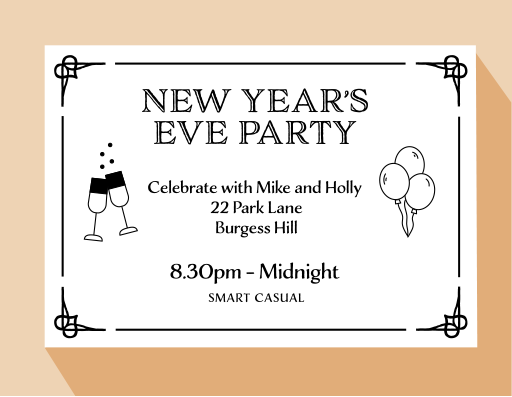1.4 The purpose of texts
Every text is written for a reason. For example, every text message you send has a purpose, whether that is to let your mum know when you will be home or to share a joke with a friend.
If someone sends you an invitation to a party, for example, they are telling you what time to arrive and what the sender is celebrating, and they might even suggest what to wear.
An electricity bill may be less welcome than a party invitation. It tells you how much electricity you have used, how much you have to pay and when the money is due.
Everyone deals with many kinds of written texts. Some texts are printed: books, magazines, leaflets and memos. Other types of texts are handwritten: letters, notes and lists. Some texts are on a screen: web pages and emails, texts, Facebook posts, tweets and blogs.
Most people see the same kind of text each day, like:
- newspapers and magazines (online or printed)
- advertisements (usually just called ‘adverts’)
- sets of instructions (how to do something)
- texts full of information like Wikipedia or a dictionary
- personal texts like letters, cards and notes
- texts that are read for pleasure, like novels, short stories and poems.
Writing can be broadly broken down into fiction and non-fiction. A fictional text’s main purpose is to entertain its readers. It does other things as well, but its main purpose is to entertain. Functional Skills English and Essential Skills Wales Communication only require you to read non-fictional texts, so that is what you will concentrate on here.
Activity _unit3.1.3 Activity 4 Newspapers
You need a newspaper for this activity. It doesn’t have to be today’s, it can be local or national, and it can be printed or online.
Although the newspaper is one big text, it contains lots of smaller texts, too.
Find each of the following types of text in your newspaper (you can cut them out if you have a printed newspaper):
- cartoon
- front-page news item
- letter to the editor
- job advert
- weather forecast
- sports article.
Try to say why each of these texts was written.
Discussion
Here are some ideas as to why each of these texts was written:
- cartoon: to entertain you or make you laugh
- front-page news item: to tell you what is happening in the world
- letter to the editor: to share an idea or opinion with other readers
- job advert: to let people know about a vacancy so they can find a job and an employer can recruit staff
- weather forecast: to tell you what weather to expect today and/or to tell you the forecast for tomorrow
- sports article: to give you the latest sports news.
There are four main purposes of non-fiction texts:
- to instruct
- to describe or explain
- to persuade
- to inform.

